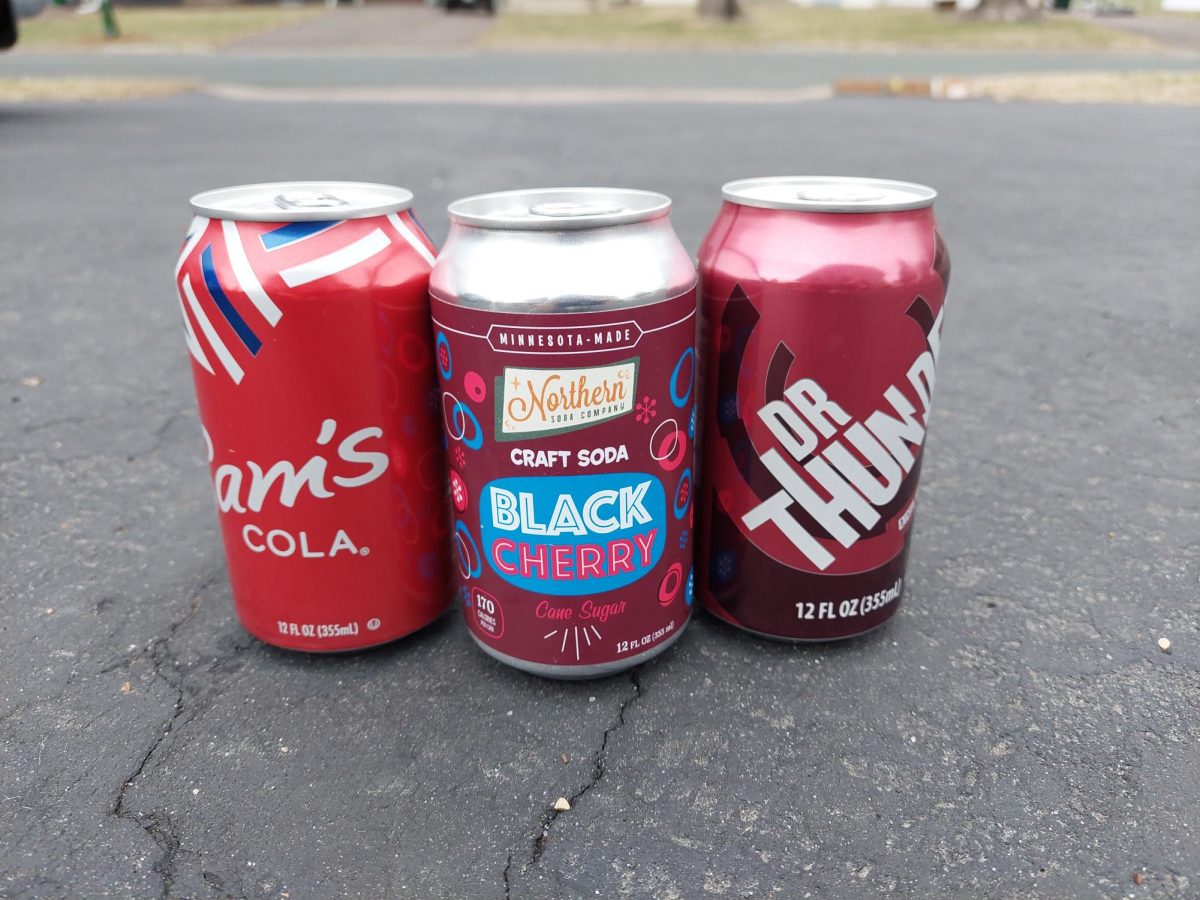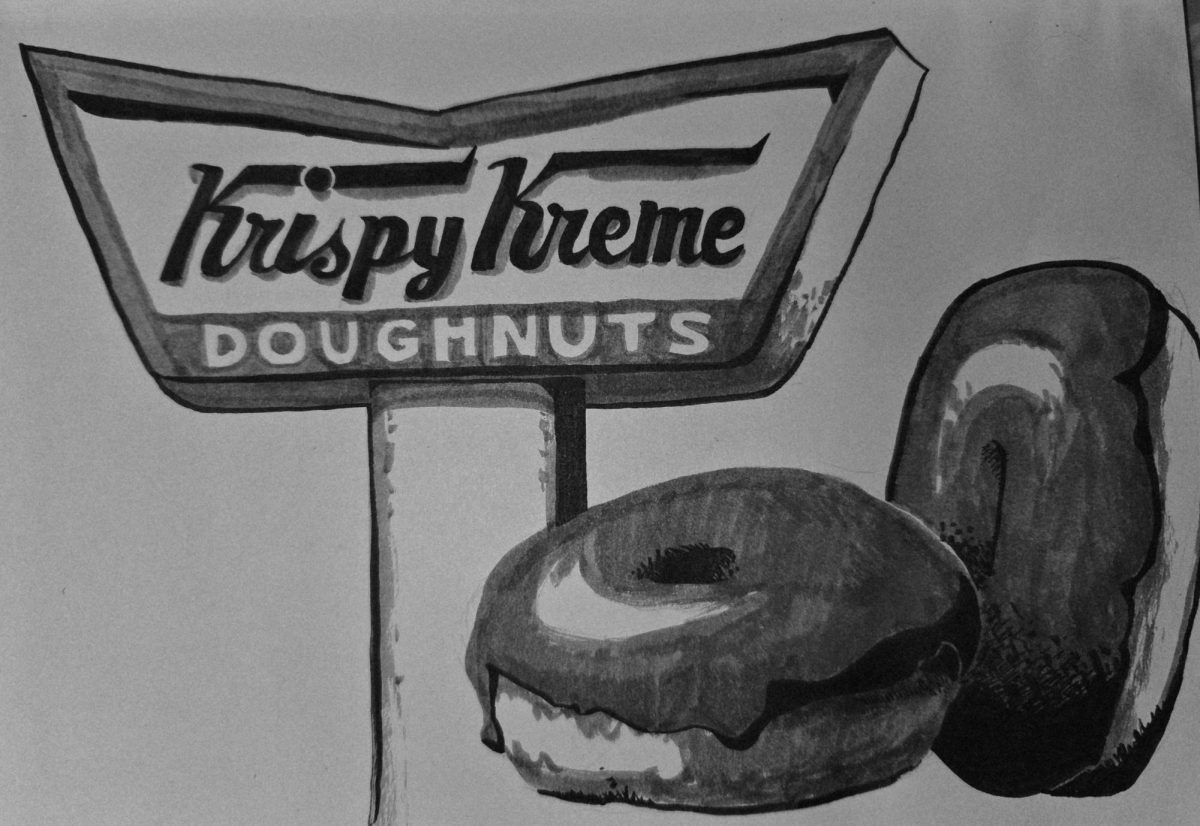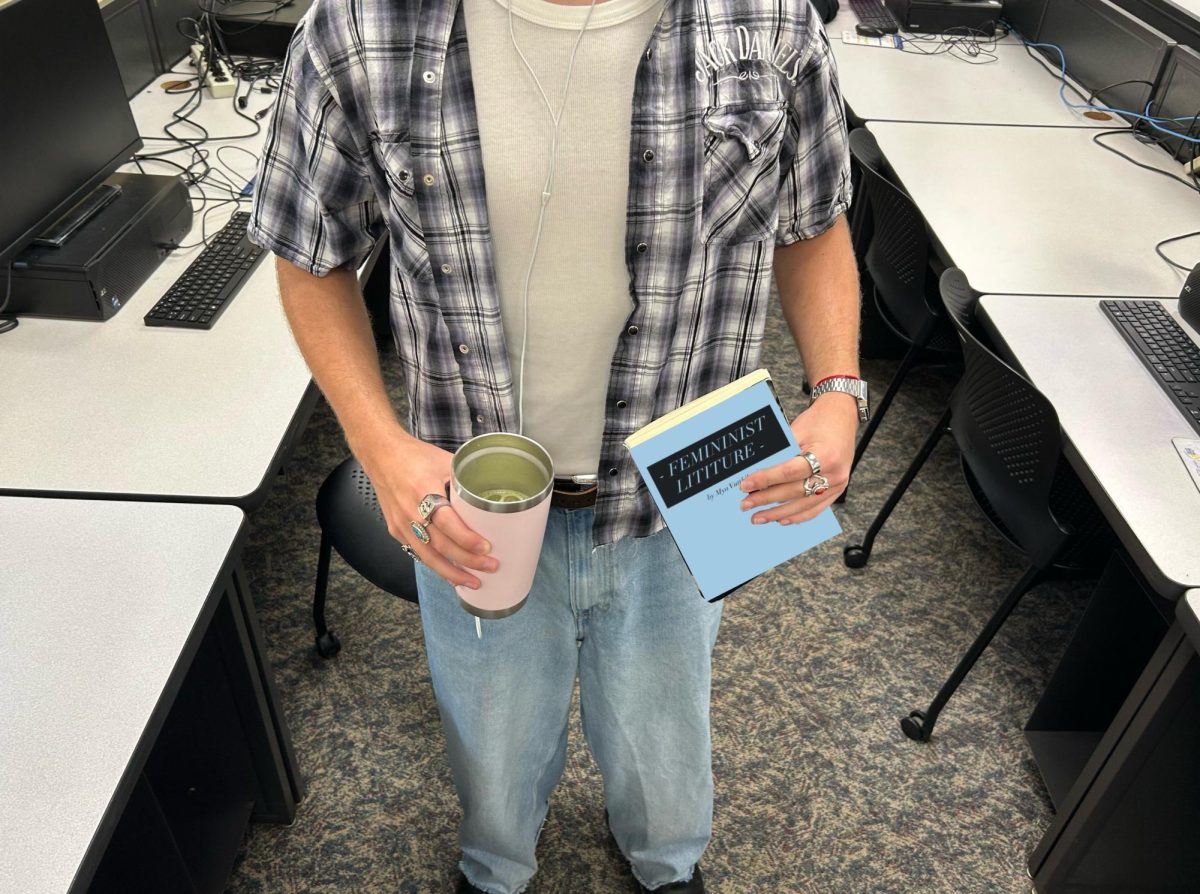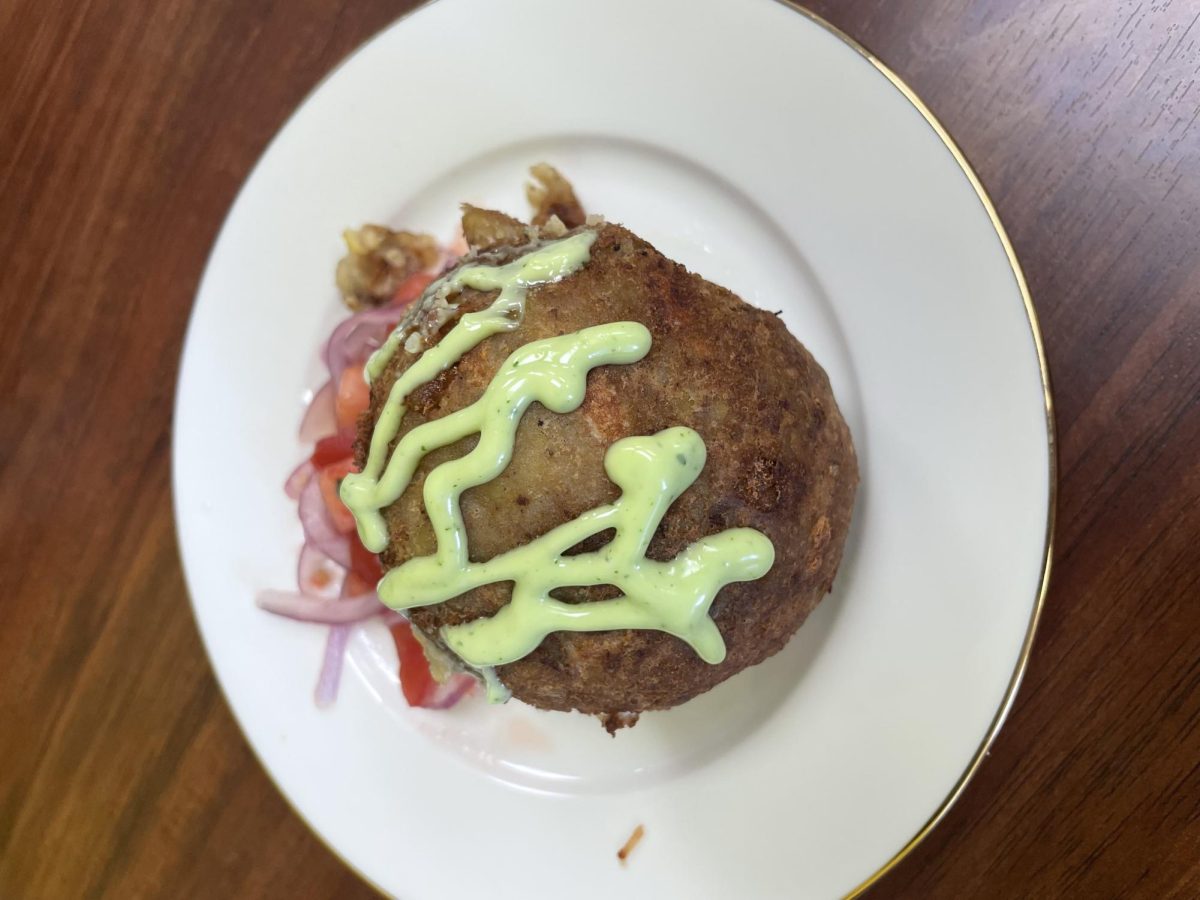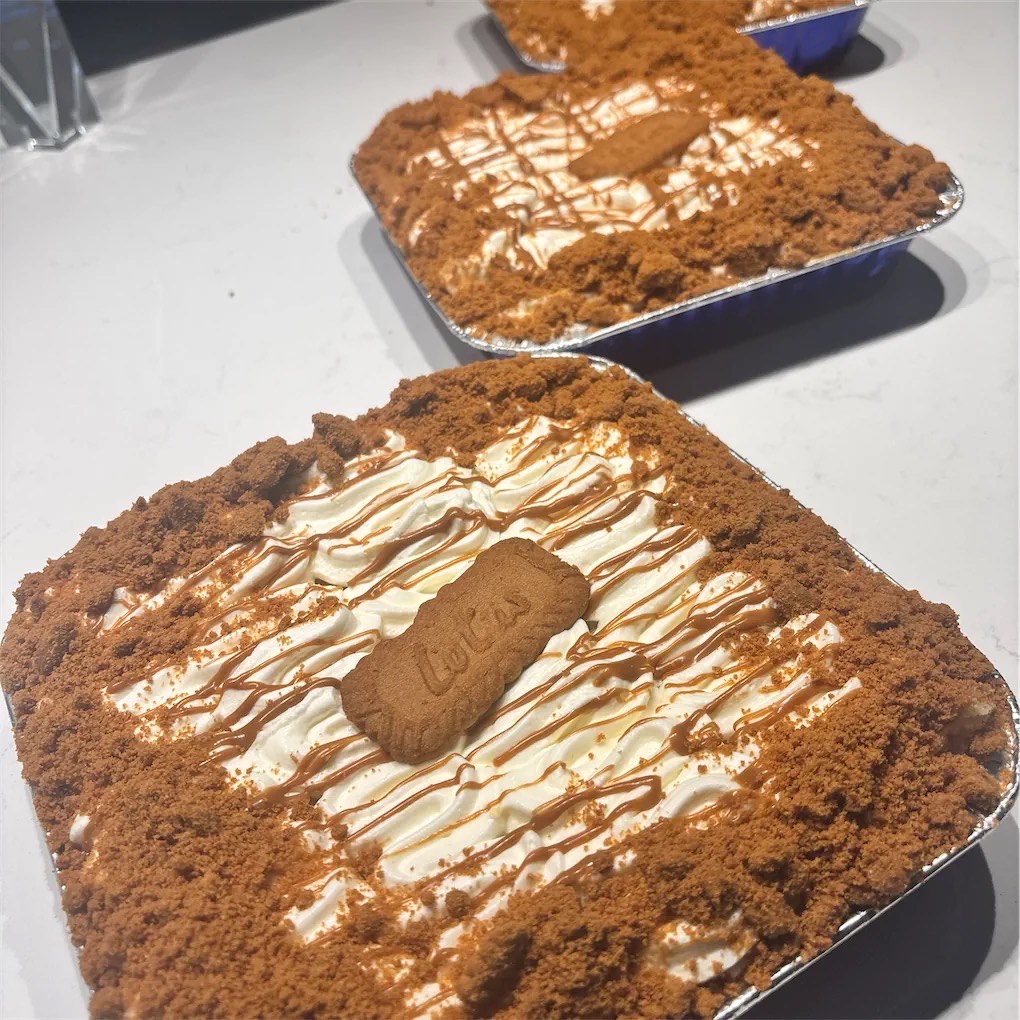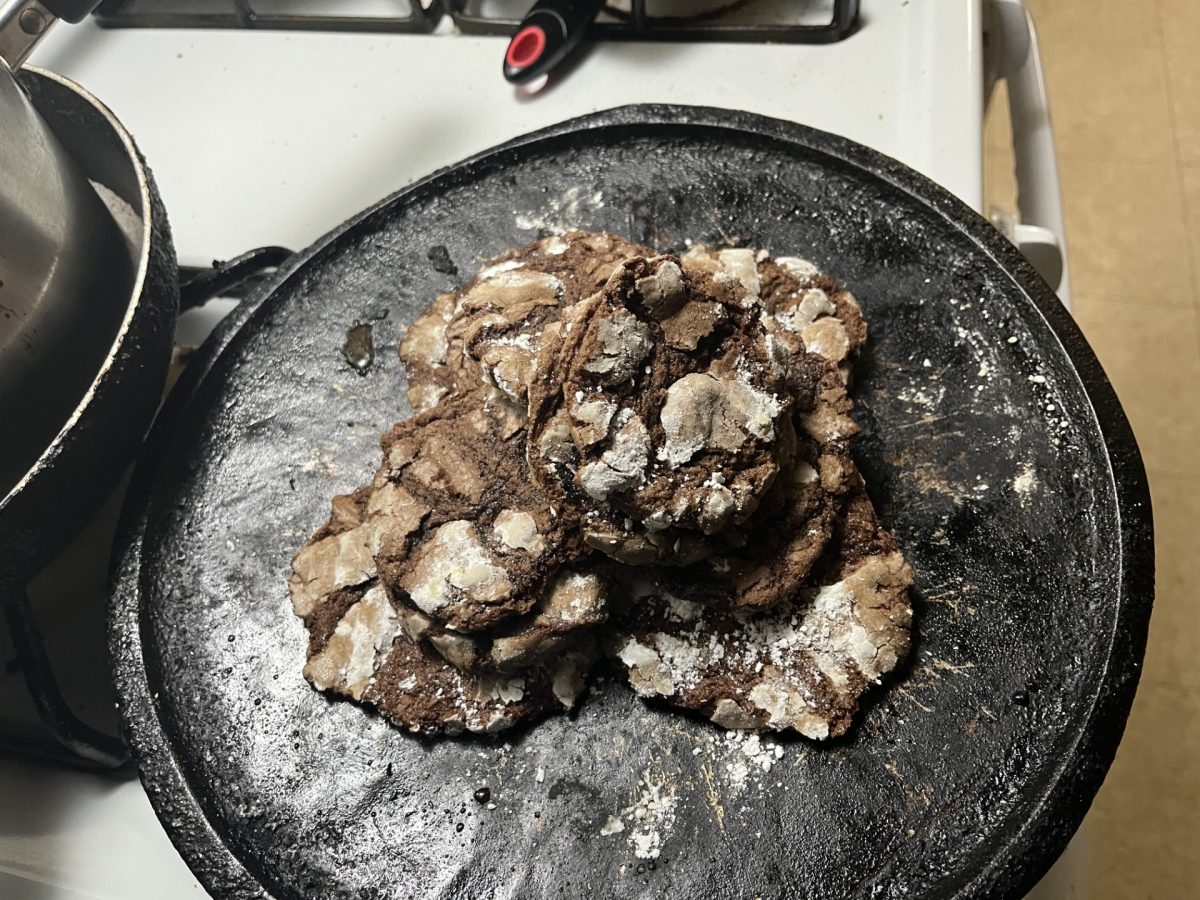“We can’t buy Pepsi anymore” will be a reality you’ll have to face eventually. Either you have already been unable to buy name-brand cola due to a shortage of funds or you may soon have trouble buying it due to the Trump administration’s tariff plan (Pepsi produces much of its product in Ireland, while Coca-Cola’s home base is here in the U.S.), but that doesn’t mean you will have to forfeit soda entirely. Read on to hear the rock and roll alternatives to the top two fighters in the cola wars.
A great number of students here at Columbia Heights High School (CHHS) have already found something cheap and chill to “crush” over (pun intended), and believe it or not, it is not the case that our bootleg beauties aren’t popular, but more so that they have developed a quiet but devoted following with many Hylanders—including Skylar Halek (12), an avid Dr. Thunder fan, and Mohamed Jama (11), who likes to tango with Arizona Mango. But when it comes to that classic cola flavor, there are two major competitors popular among the staff and student body, even if only in nostalgic form.
“[RC Cola] tastes like Coke, but then again, it has been years since I had a can,” Gabriella Knudsen (12) said.
Consider also CHHS English teacher Ms. Jessica Bolles, who’s a big Shasta drinker, especially its black cherry variety, and it seems like a common theme between these sodas is how everyone holds fond memories of these delectable drinks.
“[It] used to be 25 cents a can a long time ago,” Bolles said.
Then, of course, there is a mess of small-batch craft Minnesota-made brews, including the Northern Soda Company, available nearby at Silverwood Park, which sports a short catalog of sweet sparkling sodas such as its delicious apple flavor. Another soda brand is W.T. Heck, leaning into the surreal with a dill pickle soda available just a hop, skip and a jump away at Grandpa Joe’s Soda and Candy Shop in New Brighton (which boasts the title of the country’s biggest soda shop, by the way). Among countless others, for those that find balance, Serenity is a local brand in pursuit not of pure sweetness, but of enticing flavor profiles like Orange X Cinnamon, which claims to create “the perfect harmony of two flavors.” W.T. Heck and Serenity, by the way, are just two of many brands bottled right there at Grandpa Joe’s.
Some rebel against the norm to chase a certain craving, while others do it for nostalgia’s sake. But in truth, this story’s true purpose is to stick it to the man by buying nonconforming sodas, so it is in this author’s humble opinion that all should strive not to be a conformist who buys Pepsi or Coke.
The best example of drinking the drab away, though? The now long-gone OK Soda was one of the more artsy and satirical soft drinks that came to be in 1993, but sadly, due to Gen X’s lack of cooperation, the cola with the comic panel-inspired label failed to make an uproar and dried up in 1995. But rest assured, things are going to be “OK.” OK Soda was just a subsidiary of the Coca-Cola company all along, thereby not being the underdog that they made themselves out to be. Yet, considering the following: this was one the first times that a large corporation not only analyzed but attempted to actively engage Generation X. CCC (shorthand for the Coca-Cola Company) believed they were punching above their weight, and that “lethargy [that] probably can’t be penetrated by any commercial message,” as Coke marketing consultant once told National Public Radio.
Meanwhile, Bolles’s pop of choice, Shasta, has an immense catalog of drinks, ranging from the common cream and cherry sodas to the tropical twist of Kiwi Strawberry and Tiki Punch. Shasta has more than 30 variants of soda sweetness, with zero sugar as an option, too, if sweetness isn’t your thing. And all that is if you don’t even consider the discontinued list, which doubles the current selection. The crisp taste came from California, starting in 1889 and going by the name “The Shasta Mineral Springs Company.” Later, in 1928, they changed their name to “The Shasta Water Company,” primarily producing mineral water. It was only when they found nationwide success in 1931 that they first made their soft drink, ginger ale. Introduced during the Great Depression, it reflected a calculated response to market pressures. The ginger ale appealed to consumers seeking affordable beverages while providing a popular mixer for cocktails. It was in the 1960s that they finally changed their name to “Shasta Beverages.” And the rest, as they say, is soft drink history.
This is a story of not just two but so many more soda companies than are typically talked about and enjoyed. Whether it’s locally made craft soft drinks or off-brand favorites, this is also a story of a big company trying to play ball with the alternative and new youth and failing, while a small-time water company took a calculated and necessary turn for the better. But the moral of the story is that to be alternative, sometimes you have to do a little bit of homework to figure out how to be yourself. You don’t have to be hip and trendy either: Just stop by your local Walmart or Sam’s Club, whose reliable Sam’s Cola features an epic, economic taste that won’t hurt your budget. Why have that past-its-own-peak Pepsi when you can have something more spectacular that also offers some sweet savings?


